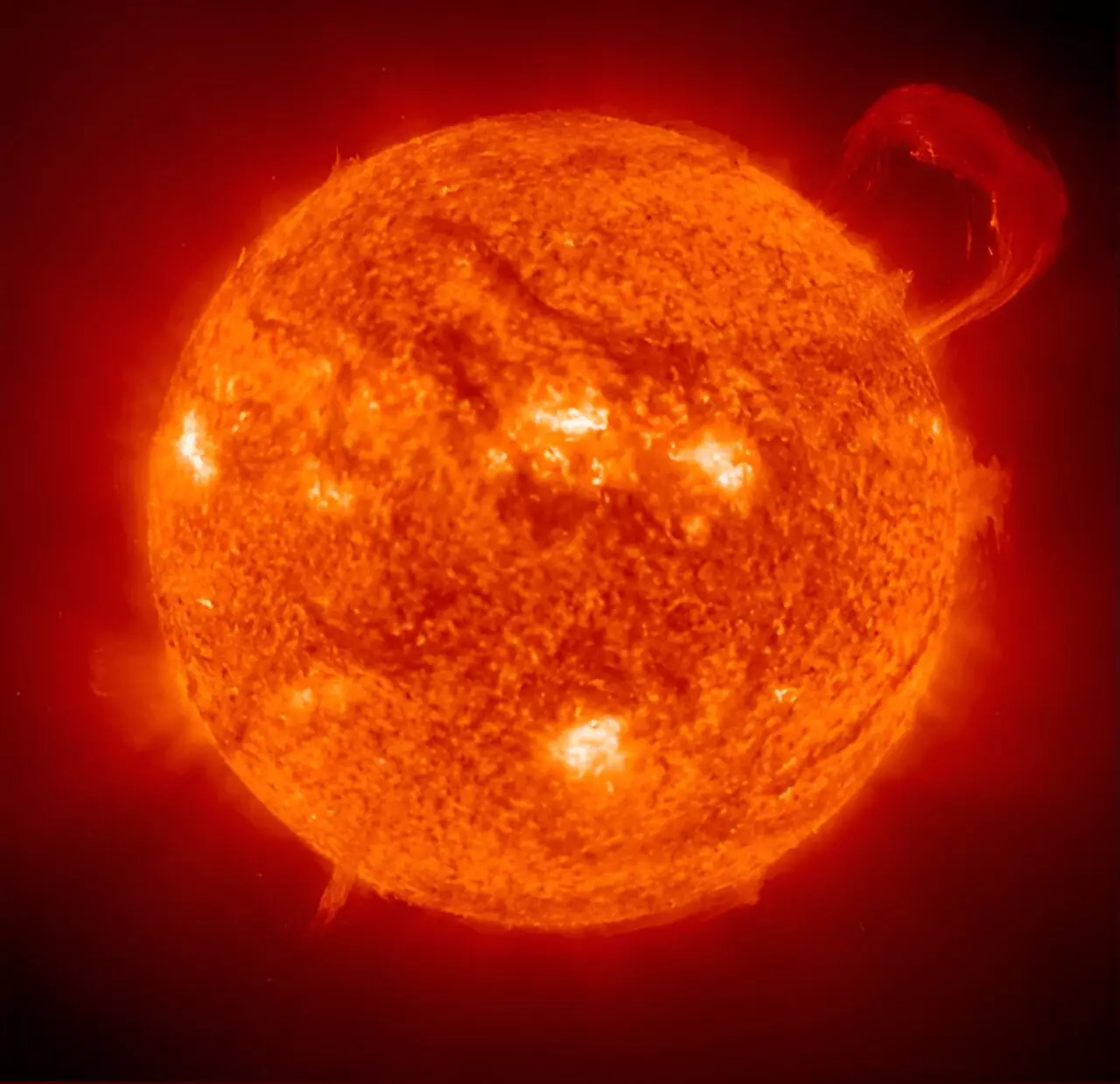Nuclear fusion, the same process that powers the stars, has long been proposed as a potential solution for the world’s growing energy needs. Unlike current nuclear fission plants, fusion facilities have the potential to generate clean and renewable energy without producing radioactive waste. By slamming together isotopes of hydrogen in an ultra-hot gas or “plasma” contained by a powerful magnetic field, these facilities can create helium, with the difference in mass turned into energy.
Before fusion power can become a reality, scientists must determine the optimal mix of hydrogen isotopes to use. Hydrogen isotopes include “standard” hydrogen, deuterium, and tritium. Standard hydrogen has one proton in its atomic nucleus, deuterium has one proton and one neutron, and tritium has one proton and two neutrons. Currently, researchers in prototype fusion devices called tokamaks use spectroscopy to analyze the ratios of these isotopes. However, this process can be time-consuming.
In a recent study published in The European Physical Journal D, Associate Professor Mohammed Koubiti from Aix-Marseille Universite in France explores the potential use of machine learning in connection with plasma spectroscopy to optimize nuclear fusion plasma performance. Koubiti suggests that machine learning algorithms could predict the tritium content in fusion plasmas, replacing or combining spectroscopy, which would significantly reduce analysis time.
Koubiti’s ultimate goal is to eliminate the need for spectroscopy entirely and rely solely on deep learning algorithms to predict the tritium content in fusion plasmas. In this study, spectroscopy is still used to identify features that can be fed into the deep learning algorithms. By analyzing these features, Koubiti aims to develop a set of non-spectroscopic parameters that can provide accurate predictions of tritium content in real-time.
To validate the effectiveness of these machine learning algorithms, Koubiti plans to test his findings on several magnetic fusion devices, including tokamaks like JET, ASDEX-Upgrade, WEST, DIII-D, and stellarators. Stellarators are plasma devices that use external magnets to confine plasma. By expanding the study beyond plasma spectroscopy, Koubiti hopes to unlock the full potential of deep learning techniques in the field of nuclear fusion.
While this study primarily focuses on predicting tritium content in fusion plasmas, Koubiti has broader ambitions for deep learning in the field of nuclear fusion. He aims to identify additional non-spectroscopic features that can be utilized by deep learning algorithms to optimize various aspects of plasma performance. By expanding the scope of deep learning applications, Koubiti hopes to revolutionize the field and pave the way for efficient and sustainable nuclear fusion power plants.
Koubiti’s research represents an important step towards the realization of fusion power. By harnessing the potential of machine learning and combining it with spectroscopy, he is paving the way for more efficient and time-effective analysis of hydrogen isotopes in fusion plasmas. This advancement is crucial in ensuring the optimal performance of future fusion power plants, where the controlled management of tritium content is of utmost importance.
As the world seeks cleaner and more sustainable energy sources, nuclear fusion offers a promising solution. Through the application of machine learning and deep learning algorithms, scientists like Mohammed Koubiti are revolutionizing the field and optimizing plasma performance. By reducing the reliance on time-consuming spectroscopy and focusing on non-spectroscopic features, we are one step closer to unlocking the full potential of fusion power and shaping a greener future for generations to come.


Leave a Reply